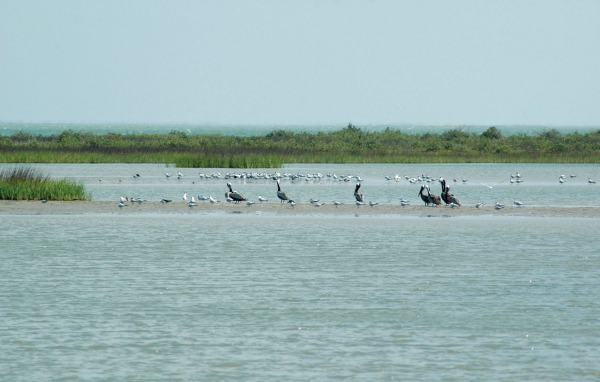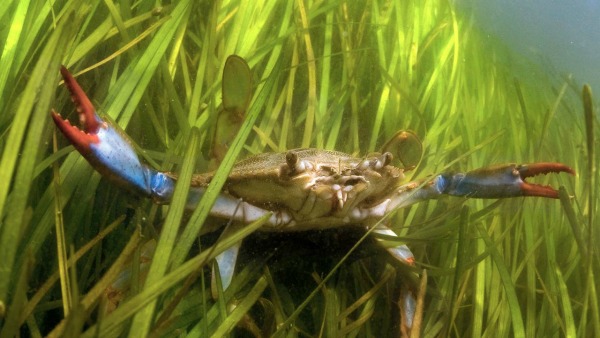Texas’ estuarine intertidal wetlands have decreased by 9.5% from the mid-1950’s to the early 90’s from natural and human induced causes (Moulton et al. 1997). Intertidal wetlands are estuarine ecosystems on top or within the surface layer between low and high tide (Montagna et al. 2013). Tides that have one high and low tide are referred to as diurnal tides (Montagna et al. 2013). Tides that have two repeating cycles of one high and low tide are semidiurnal (Montagna et al. 2013). The rising and falling of the volume of water in the estuary cause tides.

Intertidal wetlands are highly productive estuarine ecosystems. They are important breeding grounds and nurseries for much economically important marine life; an estimated two-thirds of the world’s fish catches spend a portion of their life cycle in the intertidal wetlands (Kleeman and Forrest 2000). One highly valued species in Texas that takes advantage of the intertidal zone is the blue crab. The blue crab uses the intertidal zone for protection during its megalopae life stage where the larvae moves from the ocean bay into the bay and settles in the intertidal zone to the metamorphose stage into a true blue crab where it develops from a juvenile to an adult (NERRS 2013).
